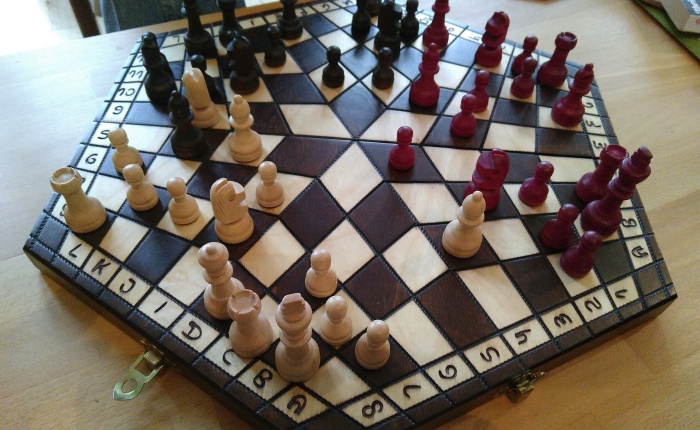Here is a sort of précis / romp through this piece I wrote a year ago for Thresholds – a BACP quarterly that addresses spiritual issues in counselling and psychotherapy. The article sprang from our efforts, early in the Coronavirus pandemic, to manage therapeutic contact across video-conferencing platforms. I was struck by my and others’ experience of finding the process particularly effortful and was led to reflect on the difference between this medium and the “real life” analogue situation, and to explore how it might shed light on what goes on in the latter (hitherto much commoner) setting.
I contend that the digital medium favours content over process whilst psychotherapy relies on content in the process which may therefore be lost, or at least harder to apprehend. The issue of timing, in particular, is important in communication; minute hesitations can say so much in the real world, but may be put down to latency when on-line. The platform algorithm, selecting which video of moving mouth parts to patch onto which bit of compressed speech, and often arbitrarily promoting one speaker over another, I liken to an enthusiastic and naïve co-worker in the therapy room.
This technological solution to the problem of being together during a pandemic brings obstacles to communication which I liken to the concrete obstacles that had to be overcome by adherents of non-conformist churches meeting together in Britain in the 17th century. This comparison, in turn, leads me to reflect on the common ground between psychotherapy and religion; a conviction of reality and benefit on the inside, struggling with an external demand for sufficient “evidence” to satisfy a sceptical audience.
I conclude (via yet another analogy drawn this time from marine biology) that when humans communicate, factual content has to be accompanied by some animating essence that I decide to call animus.
Bit of a stretch? Nah! But sorry; if this has whetted your appetite, you will have to get through the paywall.


